@Nablai's Nebula
Welcome to the latest Nablai's Nebula, featuring all the genre-related info you could ask for, shared for mothertroopers like me and you by the very special Nablai!
Enjoy!
—Daddy Ooorah
---
We hope everyone is doing well as we traverse these unpredictable times. Some may be facing some challenges related to effects of COVID-19. We are aware it can be hard to stay motivated and inspired with all the ongoing changes. And we, at the Ooorah are here to support you through all this.
Have no fear, Nab is here.
This April, I'll take you through the journey of a fascinating sub-genre called bio-punk. With you by my side, I'll delve through its many layers and explore the biopunk.
Biopunk--the name is a combination of biotechnology and punk. It is a biotechnological convergence movement championing open access to genetic information. Their hobbyists or biohackers/grinders experiment with DNA and other facets of genetics.
Biopunk is a subgenre of science fiction closely related to cyberpunk that focuses on the near-future and the unforseen consequences of the biotechnology revolution following the invention of recombinant DNA.
Recombinant DNA is the general name for a piece of DNA that has been created by combining at least two strands. Recombinant DNA molecules are also called chimeric DNA sometimes, because they can be made of material from two different species, like the mythical Chimera.
Biopunk is considered to be a sub-genre of cyberpunk. Biopunk settings often have cyberpunk themes such as virtual reality and artificial intelligence. Some people think of them as separate genres, but I prefer the larger perspective rather than an attitude that could marginalize both genres.
Related biopunk science fiction genre focuses on biotechnology and subversives. They can easily overlap and connect with other non sci-fi related genres outside the main cyberpunk genre like magical realism, superhero, sci-fantasy, low fantasy.
Biopunk stories explore the struggles of individuals or groups, often the product of human experimentation, against a typically dystopian backdrop of authoritarian governments and megacorporations which misuse biotechnologies as means of social control and to make an excessive profit.
It builds not on information technology, but on synthetic biology. Individuals are usually modified and enhanced by genetic manipulation. A common feature of biopunk fiction is the "black clinic", which is a laboratory, clinic, or hospital that performs illegal, unregulated, or ethically-dubious biological modification and genetic engineering procedures. Many features of biopunk fiction have their roots in William Gibson's Neuromancer, one of the first cyberpunk novels.
Upcoming genetic and biological enhancements give outcasts the tools necessary to be the virtuous (or villainous) rebels of the future. That is the spirit of biopunk: subversives using futuristic biotech.
The word "punk" is appended to a genre name only when some of the characters are rebels working against what is considered the "norm" of society. Typically, a punk has some anarchist views and is less likely to obey society's laws.
Biopunk literature has existed for a long while. The earliest credible proto-biopunk novel is 'The Island of Dr. Moreau,' written by H.G. Wells in 1896. The "punk" element existed because Doctor Moreau was willing to perform experiments that were considered forbidden by his "normal" scientist colleagues.
There are some interesting stories like 'Ribofunk' by Paul Di Filippo, 'Queen of Angels' by Greg Bear, 'The Windup Girl' by Paolo Bacigalupi, 'Clade' by Mark Budz, to name a few.
We have Biopunk movies, a case in question would be the "Blade Runner."
An unbiased analysis of the film results in the conclusion that the film is as much biopunk as cyberpunk. Replicants are cyborgs containing a combination of mechanical enhancement in addition to the biologically derived parts, such as the eyes. In the film, we suspect that a form of advanced internet exists, but we don't see much evidence of it.
Here are a couple more: 'eXistenZ', 'Splice', 'Repo Men', 'The Island', 'Gattaca'
Biopunk TV programs are relatively rare. I consider Dark Angel to be the best of them. The program expertly shows the consequences of creating genetically engineered soldiers and what happens when they escape from handler control and attempt to carve out an existence away from the military complex.
There's Aeon Flux--an avant-garde science fiction animated television series. In the words of Mike Konczewski:
"Æon Flux is a mysterious and amoral secret agent from the country of Monica. Her motives or background are left unexplained, as are those of her antagonist/love, Trevor Goodchild. On her missions, she deals swift, bloody "justice" to all that oppose her. The second season episodes of this series were unique in that Aeon died at the end of every single episode."
I'd like to mention some of the best biopunk books. You must have read some of the classics, the others are new.
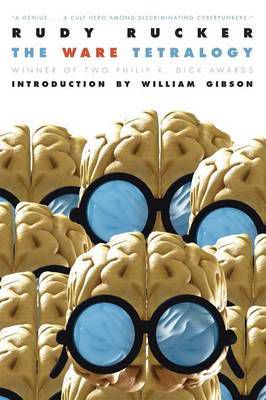
1) The Ware Tetrology by Rudy Rucker – 1982-2000
Summary: From the first novel, Software:
It was Cobb Anderson who built the"boppers"—the first robots with real brains. Now, in 2020, Cobb is just another aged "pheezer" with a bad heart, drinking and grooving to old tunes in Florida retirement hell. His "bops" have come a long way, though, rebelling against their subjugation to set up their own society on the moon. And now they're offering creator Cobb immortality, but at a stiff price: his body, his soul ... and his world.
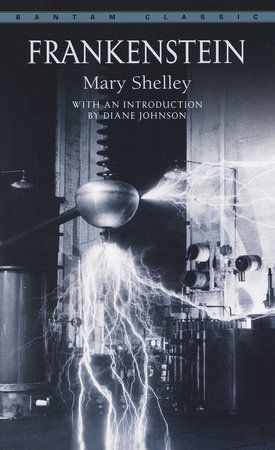
2) Frankenstein by Mary Shelley – 1818
It's been argued that Frankenstein; or, The Modern Prometheus is the first science fiction novel. It's certainly the first biopunk (though who know what Shelley would have made of that term). Shelley published it anonymously in 1818, and 500 copies were printed.
It wasn't until 1831 that the "popular" version was sold (which is probably what you've read). Shelley edited the book significantly, bowing to pressure to make the book more conservative. Many scholars prefer the 1818 version, claiming it holds true to Shelley's original spirit.
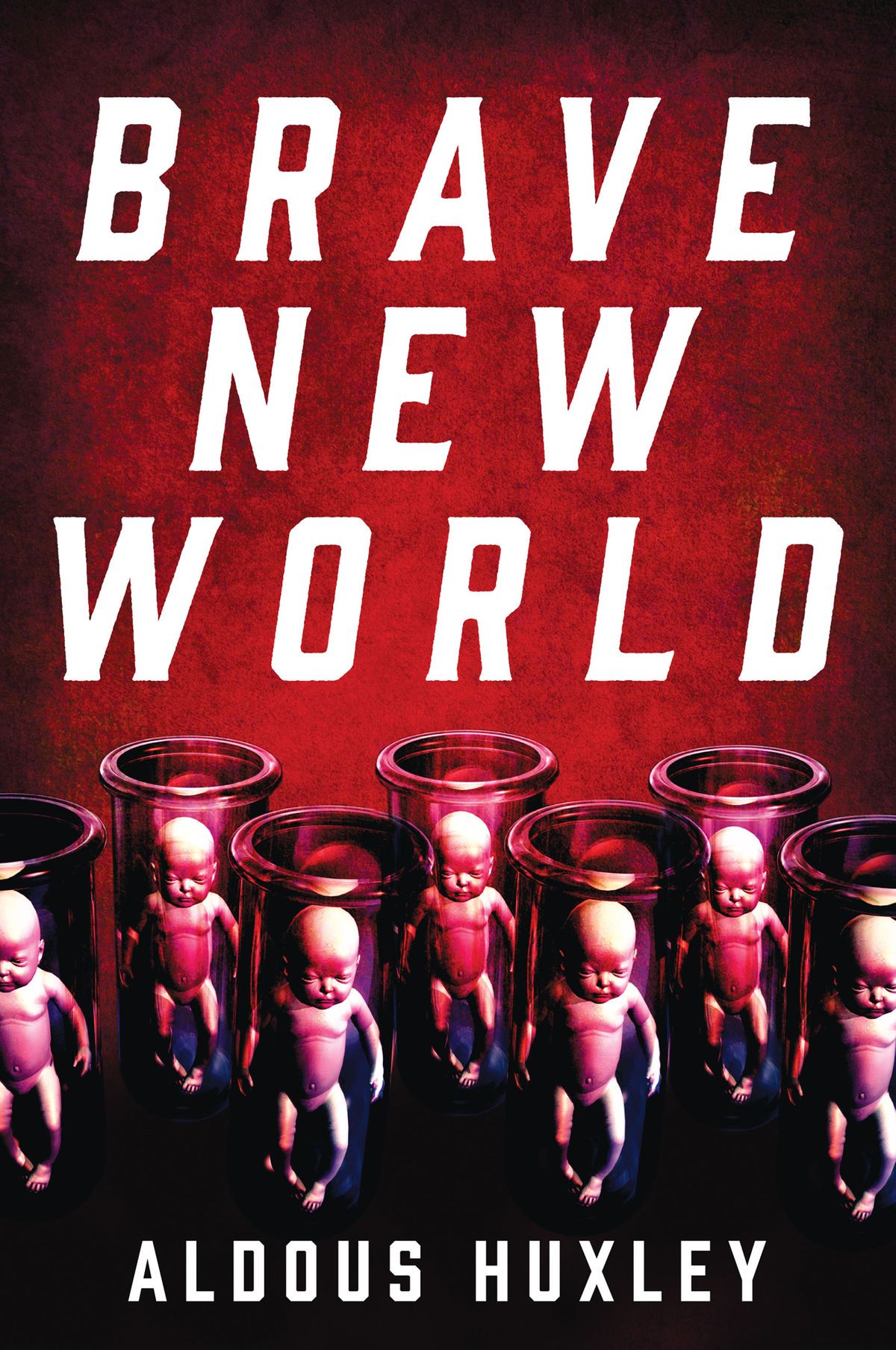
3) Brave New World by Aldous Huxley – 1932
Both Brave New World and 1984 saw dystopian futures, but Huxley seems to have gotten much of it right (though Orwell did nail the surveillance state). According to social critic Neil Postman:
"What Orwell feared were those who would ban books. What Huxley feared was that there would be no reason to ban a book, for there would be no one who wanted to read one. Orwell feared those who would deprive us of information. Huxley feared those who would give us so much that we would be reduced to passivity and egotism... Orwell feared we would become a captive culture. Huxley feared we would become a trivial culture, preoccupied with some equivalent of the feelies, the orgy porgy, and the centrifugal bumblepuppy."
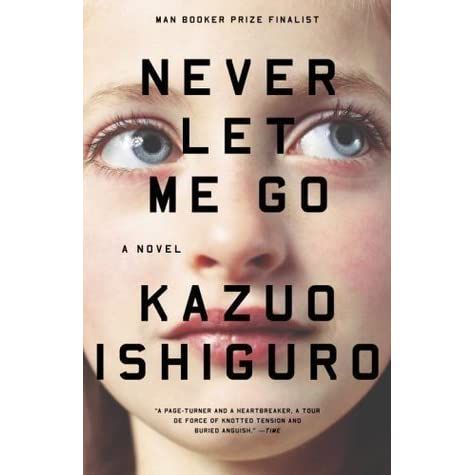
4) Never Let Me Go by Kazuo Ishiguro – 2005
As children, Kathy, Ruth, and Tommy were students at Hailsham, an exclusive boarding school secluded in the English countryside. It was a place of mercurial cliques and mysterious rules where teachers were constantly reminding their charges of how special they were.
Now, years later, Kathy is a young woman. Ruth and Tommy have reentered her life. And for the first time she is beginning to look back at their shared past and understand just what it is that makes them special—and how that gift will shape the rest of their time together.
It was named the Best Novel of 2005 by Time Magazine.
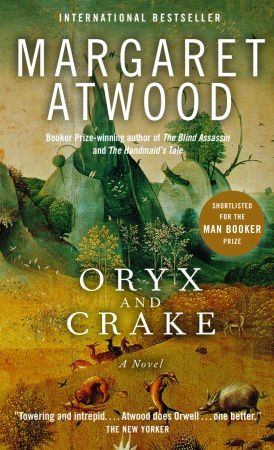
5) Oryx and Crake by Margaret Atwood – 2003
Author Atwood does not consider Oryx and Crake to be science fiction because it does not deal with "things that have not been invented yet." Instead, she categorizes it as "adventure romance."
It does, however, feature the effects of genetic engineering, climate change run wild, and primitive semi-humans.
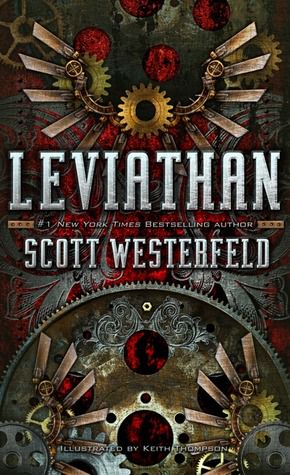
6) Leviathan by Scott Westerfeld – 2009
In this first book of the YA Leviathan trilogy, an alternate World War I is fought by steampunk machines and genetically-fabricated monsters.
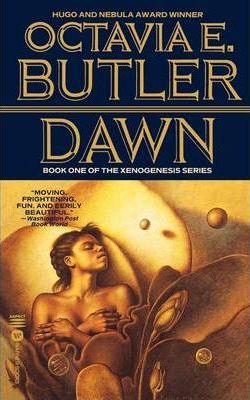
7) Dawn by Octavia E. Butler – 1997
First book in the well-regarded Xenogenesis trilogy, Dawn is often called both brilliant and disturbing. The protagonist goes through serious hell, so if you're after a light read, this probably isn't it.
Lilith lyapo awoke from a centuries-long sleep to find herself aboard the vast spaceship of the Oankali. Creatures covered in writhing tentacles, the Oankali had saved every surviving human from a dying, ruined Earth. They healed the planet, cured cancer, increased strength, and were now ready to help Lilith lead her people back to Earth—but for a price.
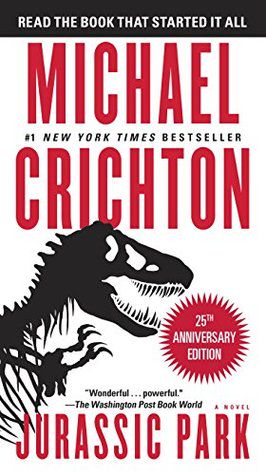
8) Jurassic Park by Michael Crichton – 1990
It's odd to mention biopunk and not be reminded of a classic as Jurassic Park, but if the claw fits, wear it. Like Frankenstein, Jurassic Park explores the unintended consequences of biological tinkering.
I'm going to assume you know the story, and instead tell you how Michael Crichton realized "there is no pressing need to create a dinosaur," except perhaps for entertainment. Thus, the idea of an amusement park was born.
There are many more that can fill pages and pages, but I want to know more about your favourite biopunk stories. Feel free to share some of your favourites in the comments below :)
With lots of hugs and best wishes--stay safe, stay protected and stay happy! ❤ Till we meet again.
Love you and take care :)
Cheers, Nab =]
Bạn đang đọc truyện trên: Truyen247.Pro